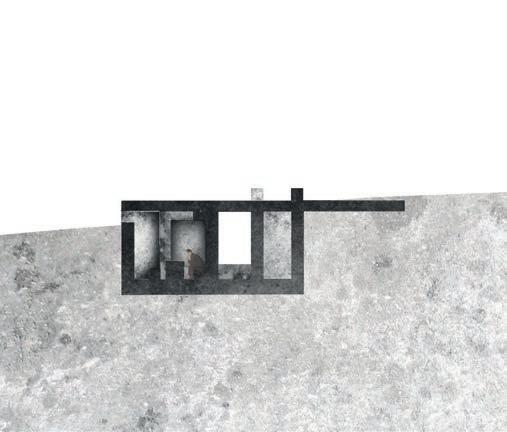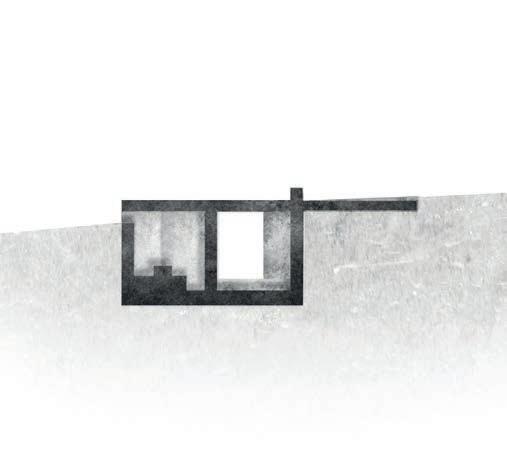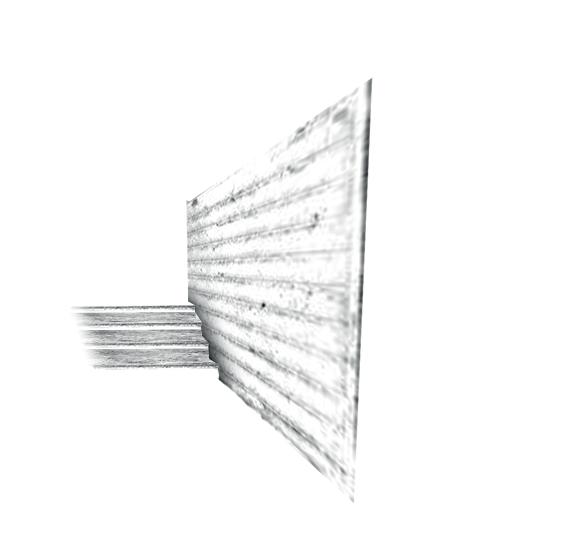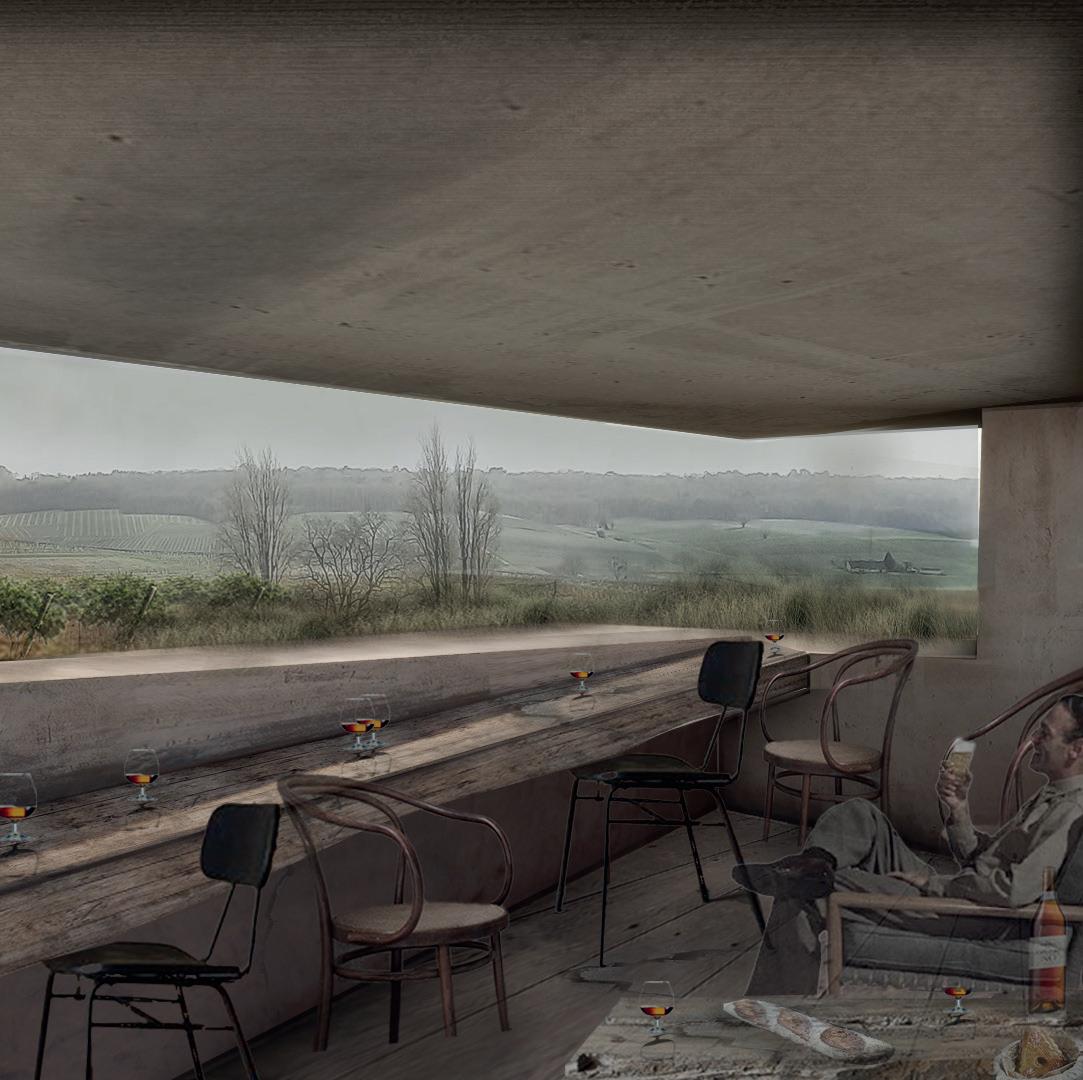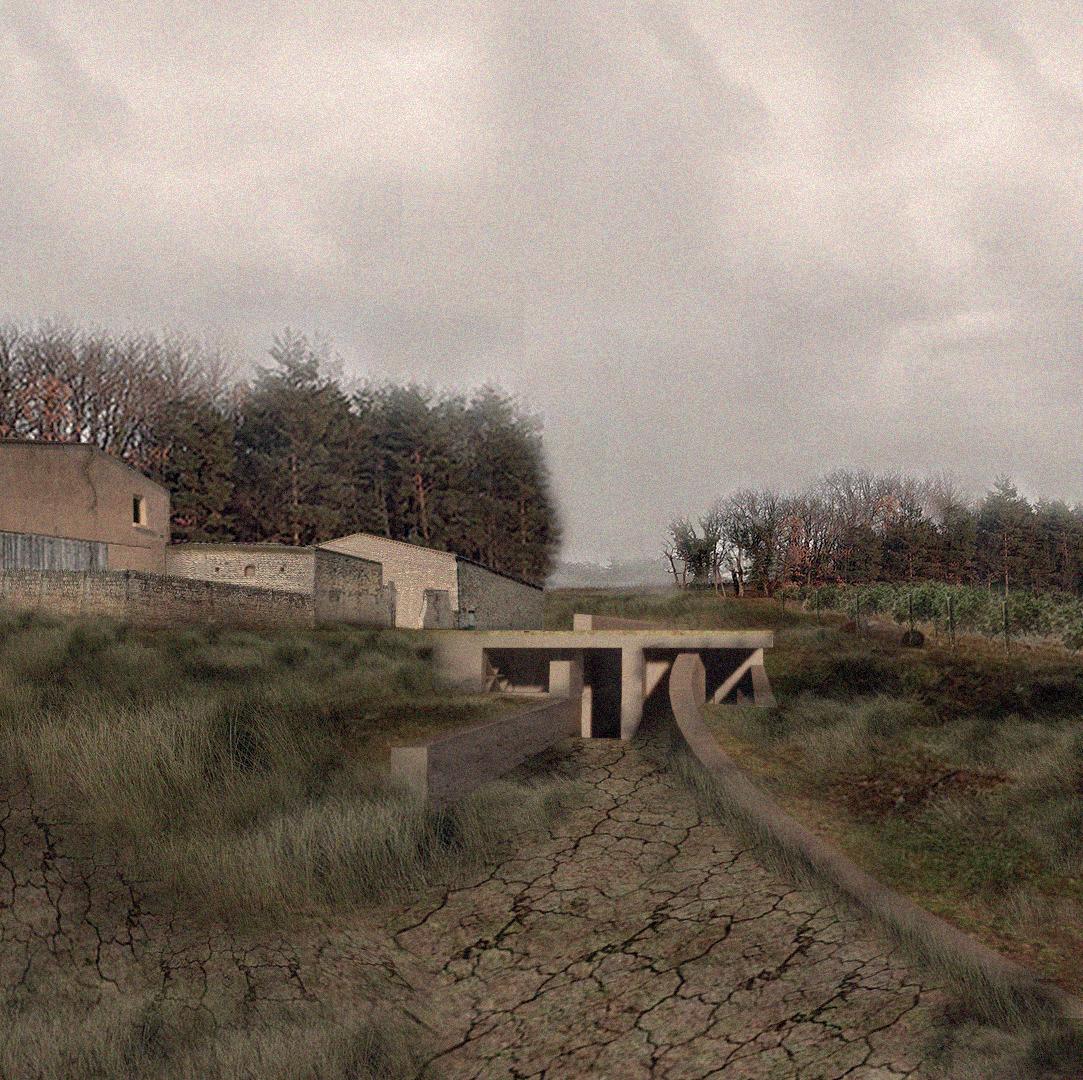
2 minute read
DEFINIPARLACUB
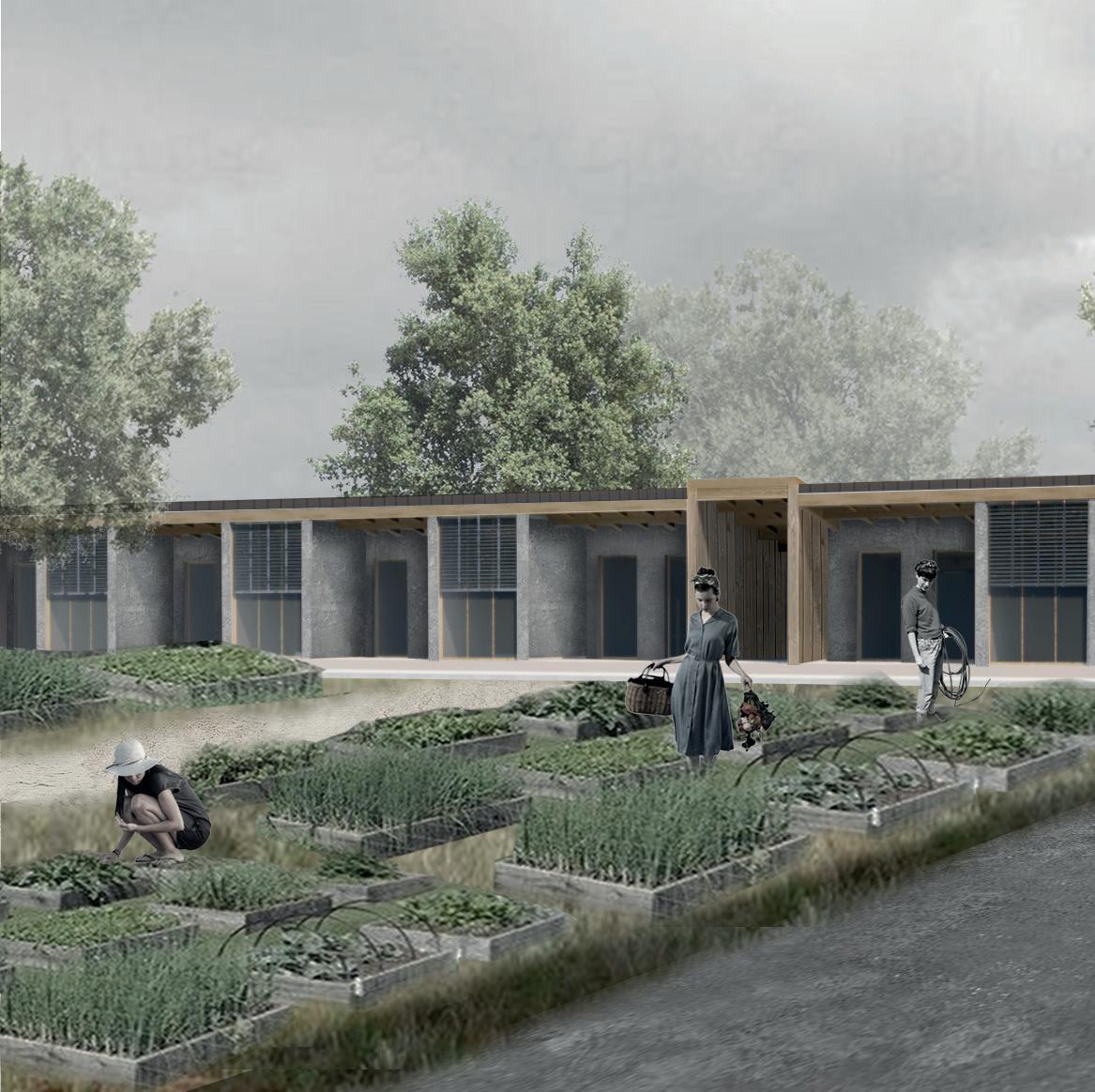
The concrete building and the Carthusian monastery create a centrality where the two buildings respond to each other with a vegetable garden in the centre.
Advertisement
The Carthusian monastery has been rehabilitated in such a way that the ruins remain visible. Thanks to the different materials, it is possible to distinguish the ruined part from the rehabilitated part. The extension, in three volumes, was built to make up for the existing height. This part is designed in aged wood with a zinc roof. The large openings allow views of the singular landscape of the site.

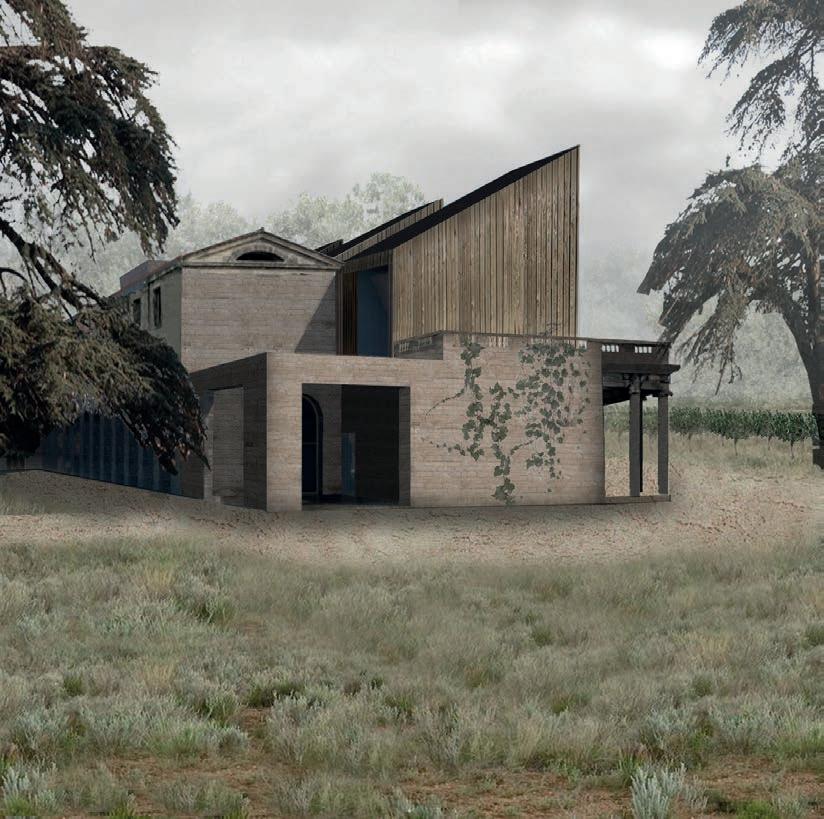
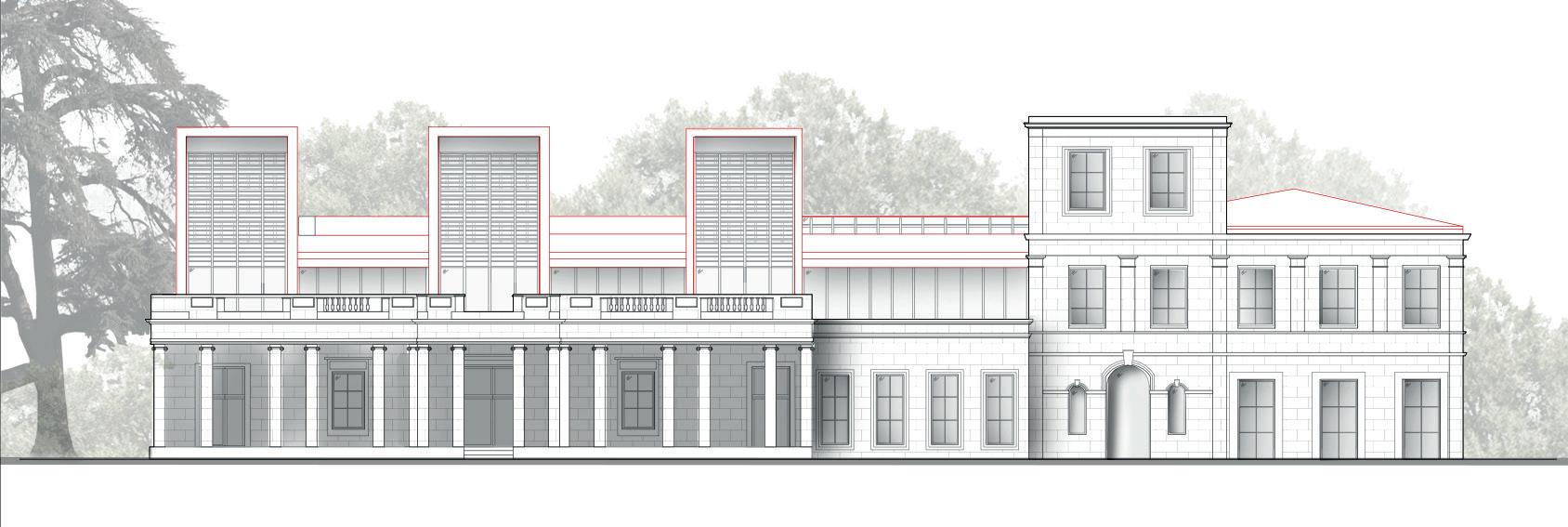
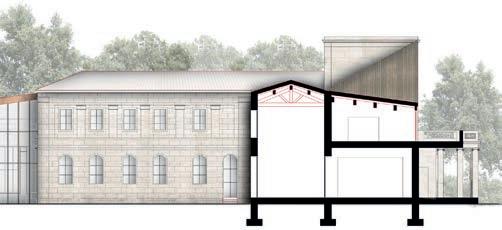
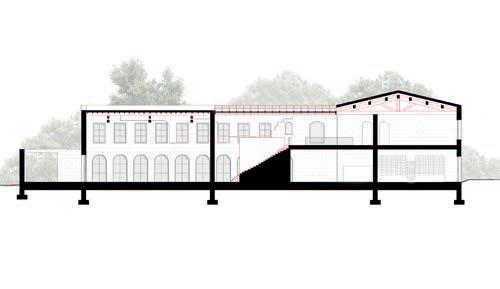
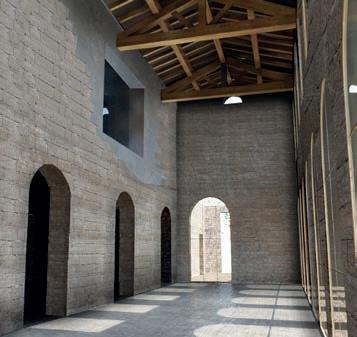
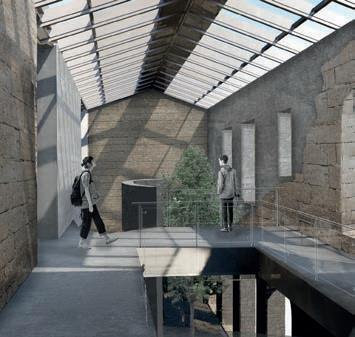
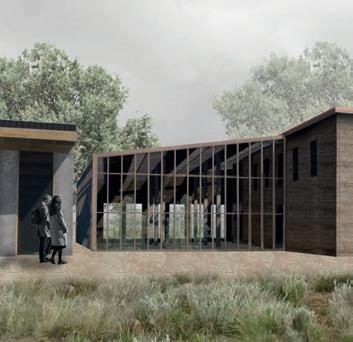
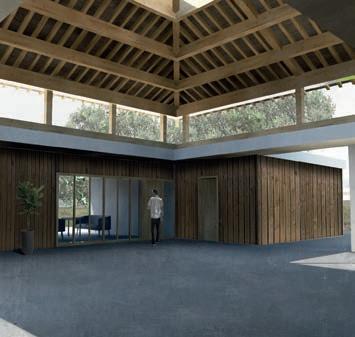
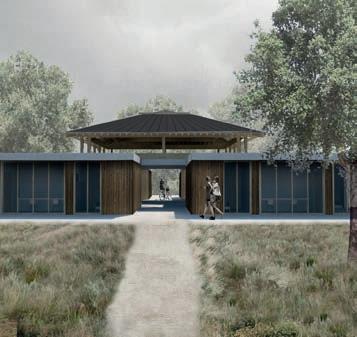
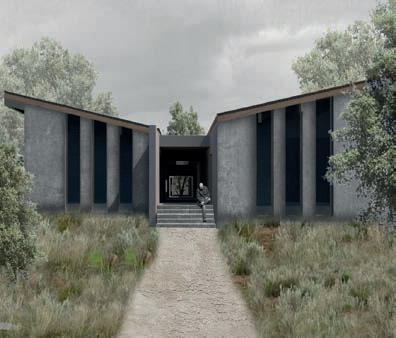
/ highLighting cognac winegrowers through a cuLinary exPerience
The goal of the graduation project is to highlight unique know-how. The objective was to raise a social issue in France and to think about possible solutions.
Working with vines is not just a professional activity, it's a real passion. So the creation of a shared space for winegrowers is an ode to culture, shedding light on a shadowy profession where the architect has the modest ability to make the invisible visible.
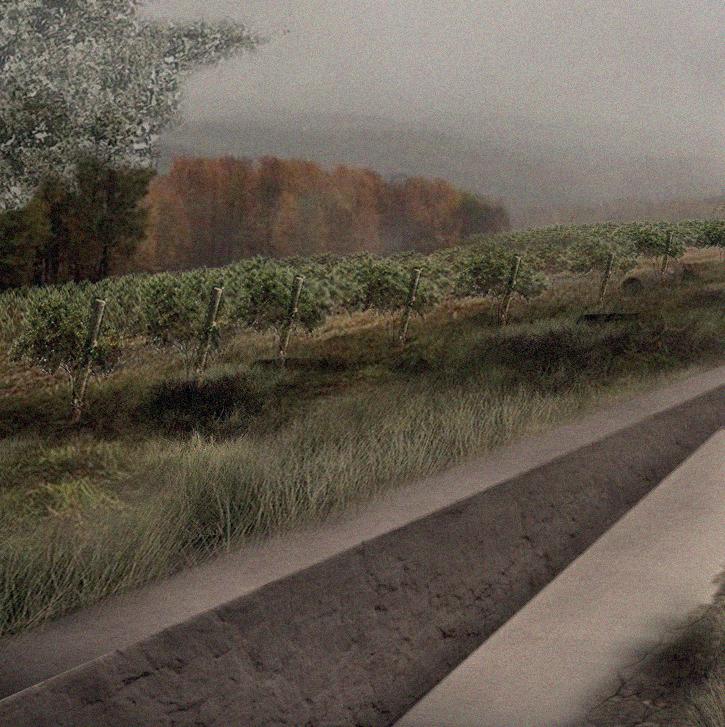
The project is located in Segonzac, one of the six vineyards that make up the different crus of Cognac. The landscape is emblematic of the Charentes region, with straight vineyards following a precise line. A perfect link between uncultivated nature and nature cared for by the hand of man.
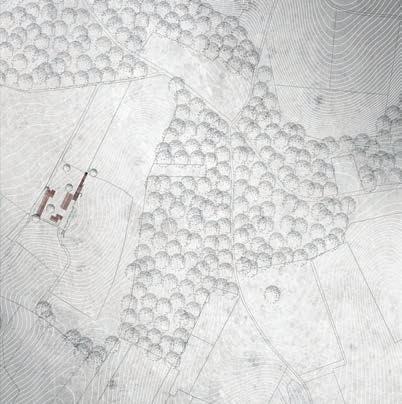
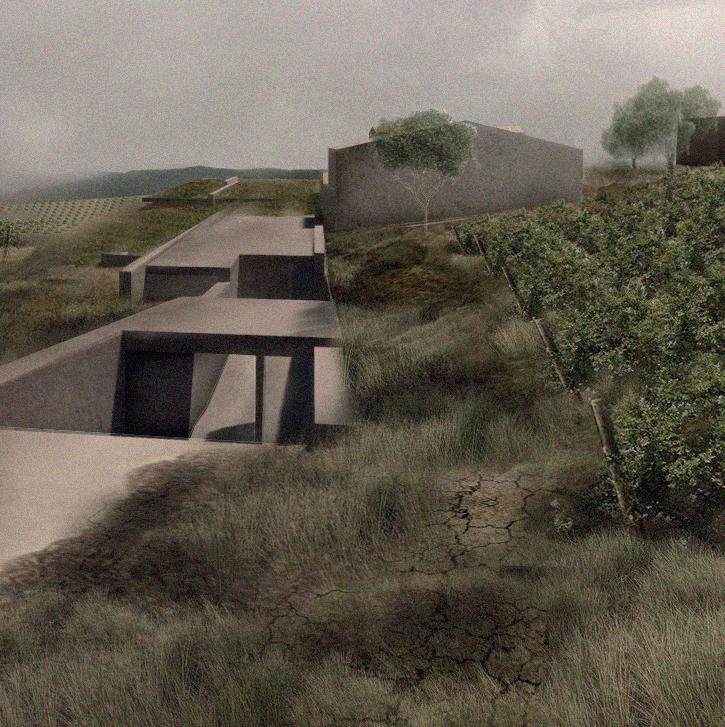
Situated between Bordeaux and the Atlantic coast of the Charentes region, Cognac is renowned for its spirits.
The Grandes Maisons de négoces are an integral part of the town's landscape.
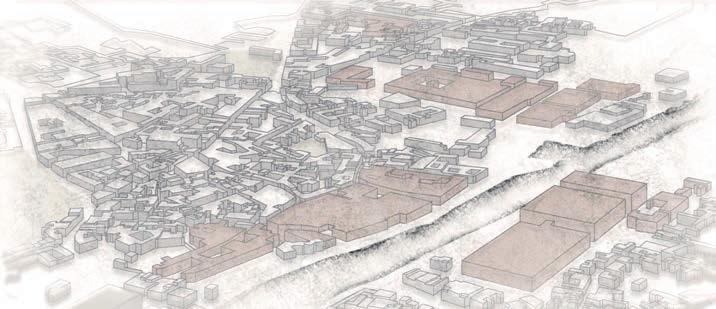
One of the most important phases in the production of the cognac praised by the Grandes Maisons is the blending of different crus. However, this practice shows that the majority of the eaux de vies owned by these Maisons come from a large number of different producers.
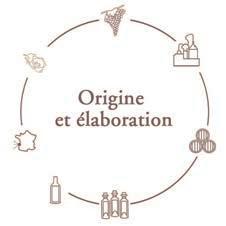
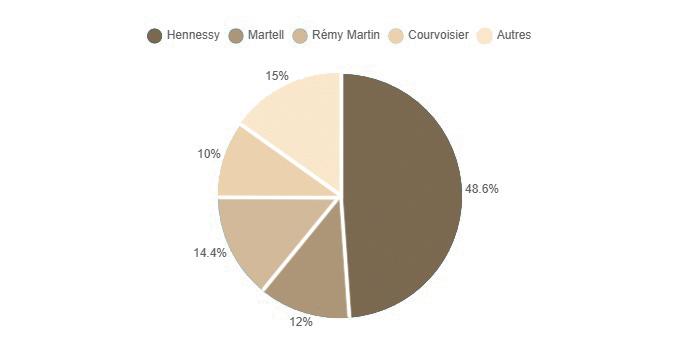
In fact, contrary to what you might think, although they have a commercial monopoly, the Grandes Maisons actually own very little land in relation to their market weight.
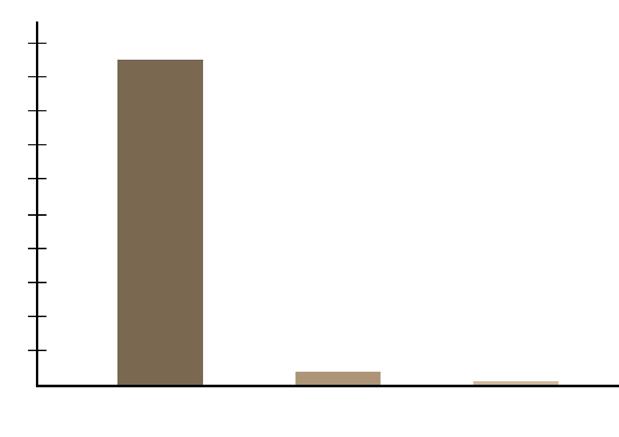
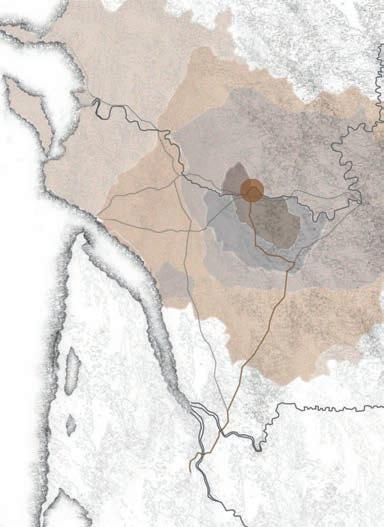
This relationship between producers and trading houses comes from a historical legacy that marked cognac in the 20th century. Winegrowers concentrated on production and the supply of raw materials following crises. This led to the meteoric rise of four major trading houses.
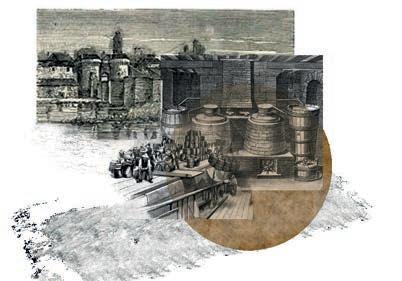
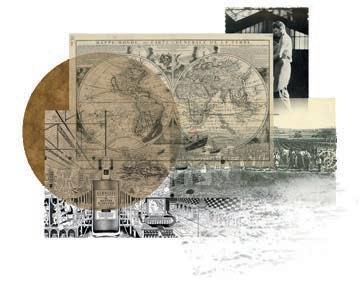
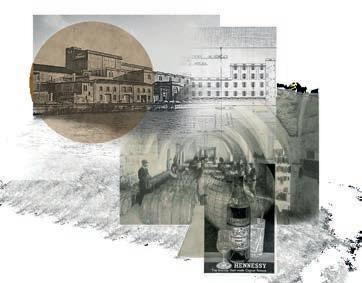
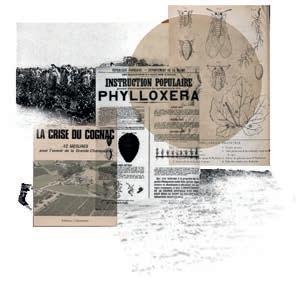
This link has grown stronger over the generations, creating a family memory between winegrowers and their affiliates. However, the producers remain attached to their status as owner-managers.
This affiliation can be explained by a market that is mainly based on foreign exports, requiring specific expertise that the Grandes Maisons can offer.
This has led to the marginalisation of sales organised by the producers themselves, despite their desire to pass on an ancestral culture.
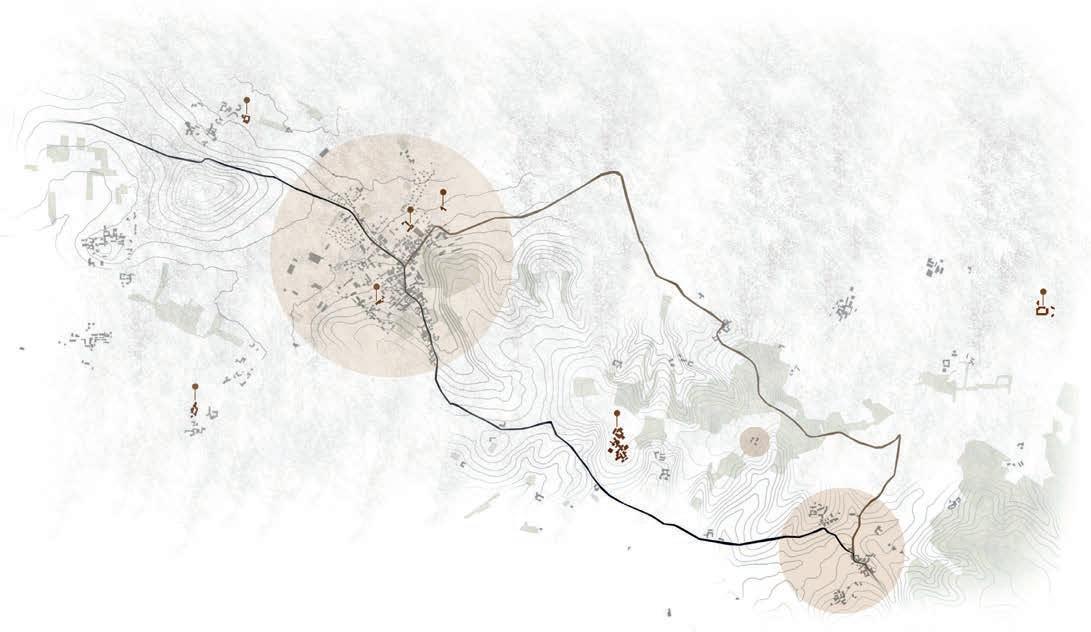
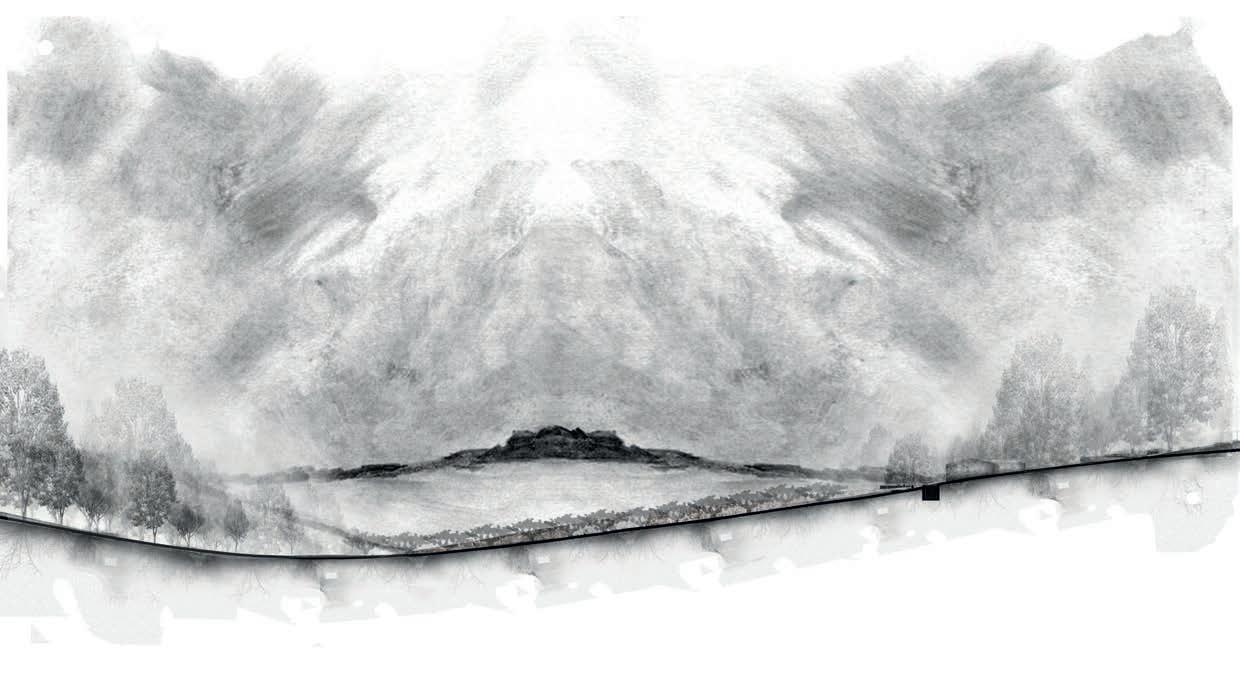

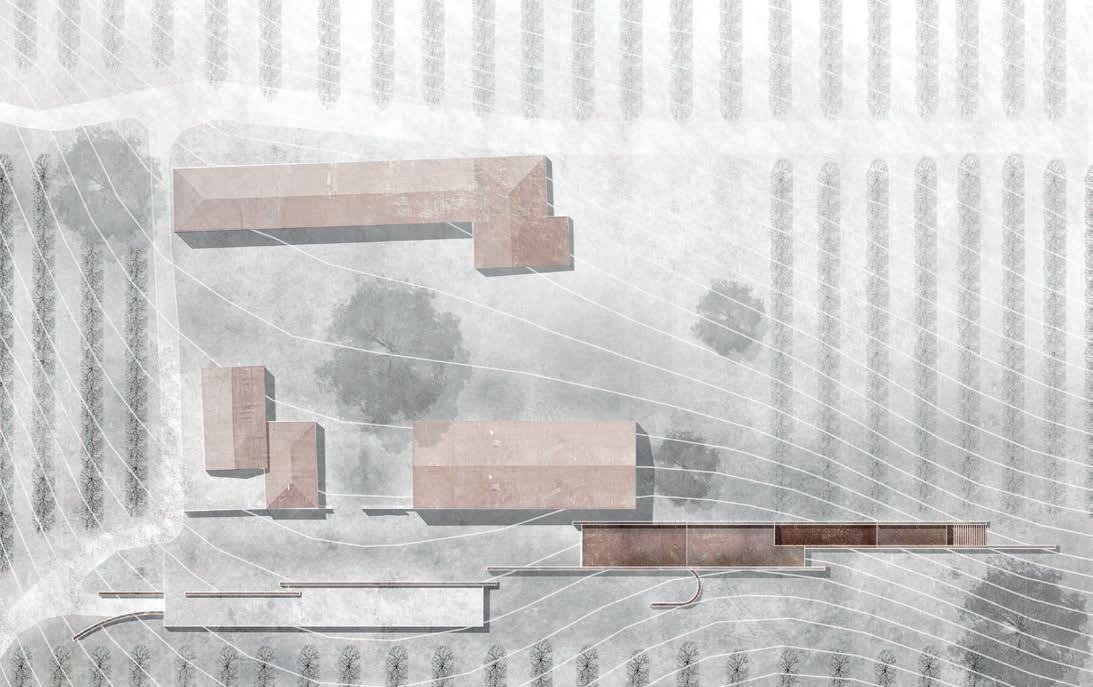
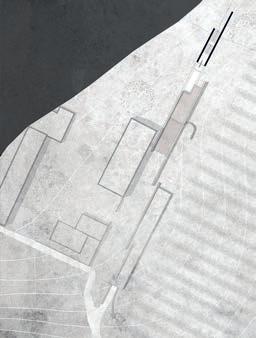
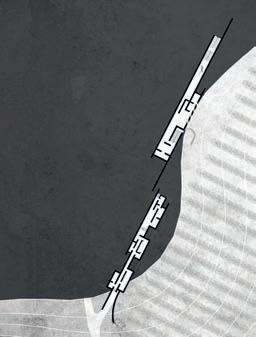
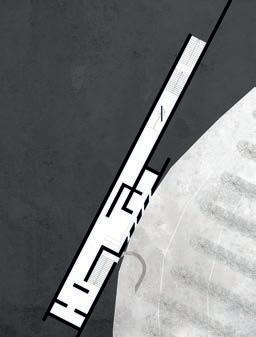


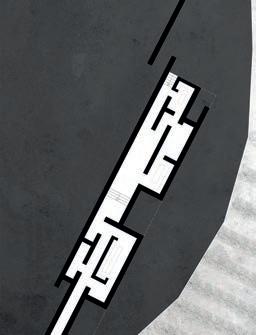

Below the Morvaux farm, the walls of the diffusion area emerge from the ground. A discreet profile is formed, leaning against the farm's existing walls to allow unobstructed views. A long, slender line underlines the natural curves of the estate. Only the entrance to the tasting room is visible, inviting you to take part in the experience.



But what is Grande Champagne? More than an appellation, it is above all the very essence of the quality of a spirit. It's a perfect blend of geological characteristics that create an authentic fusion between plant and soil. Between the authenticity of the earth and the discretion of the landscape, the project is hidden deep in the ground.
Authenticity and the culinary arts, as symbols of a singular culture, are reflected in the architecture by a metaphorical journey around the quasi-secret production of cognac.
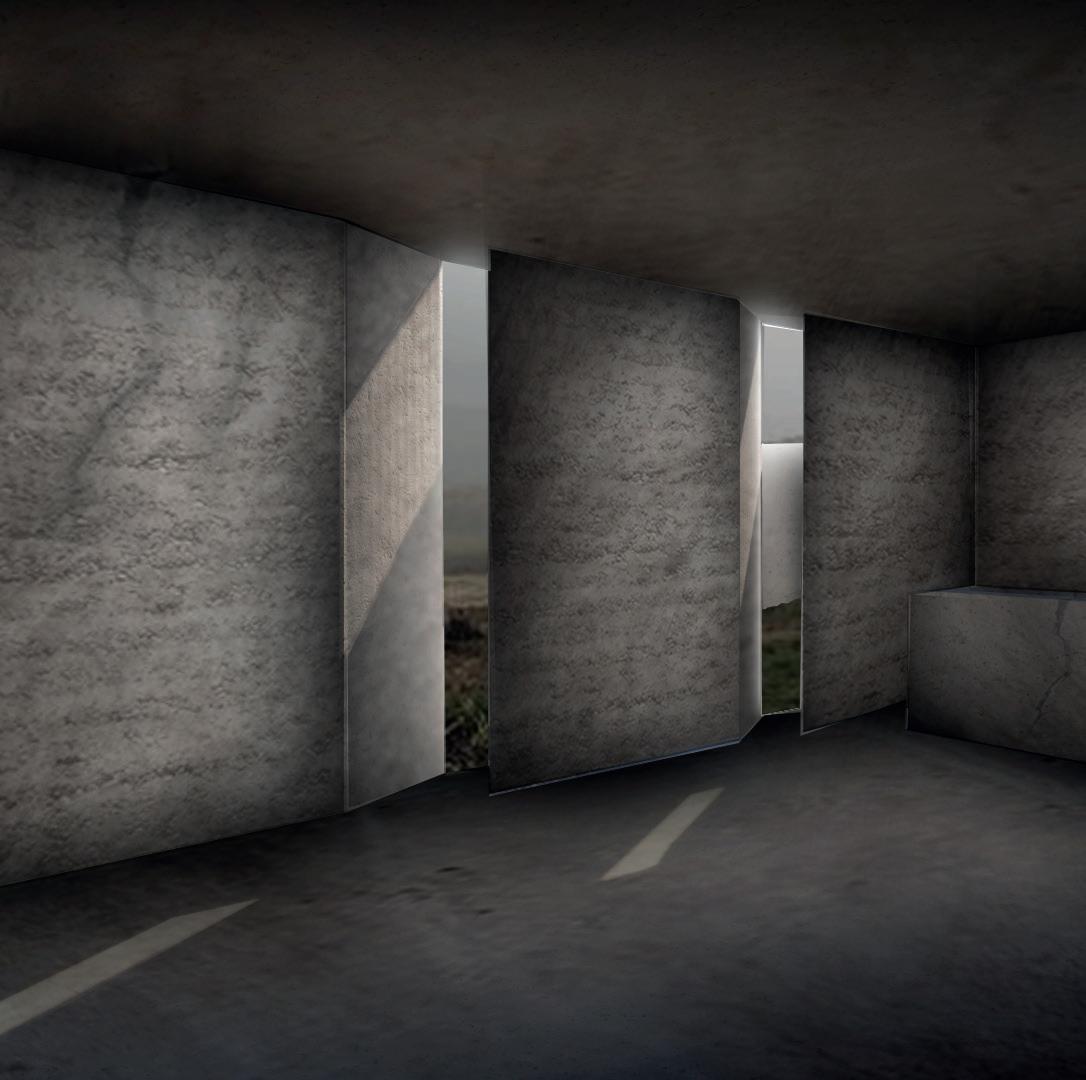
The tour takes in six tasting rooms featuring local gastronomy and cognac derivatives such as pineau des Charentes.

Between the Charentais "brûlot", the cellar with the liquefaction of "la part des anges" on the walls, alcoves and panoramic views, this space where winegrowers can share their knowledge of a local and ancestral product.
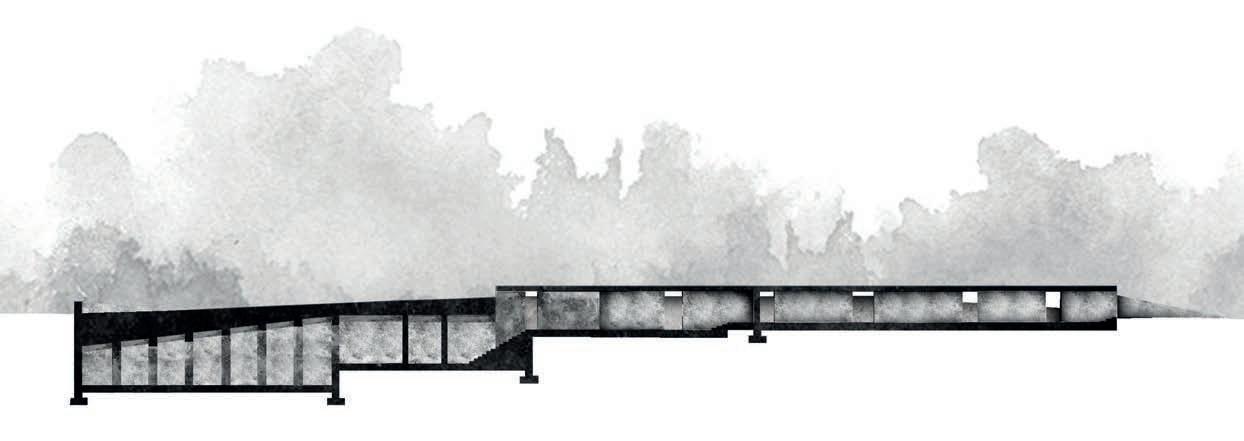
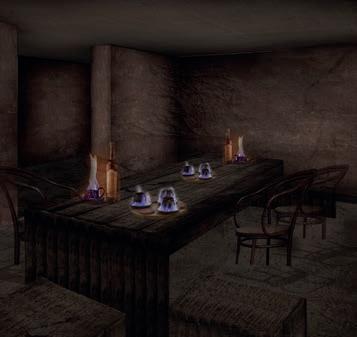
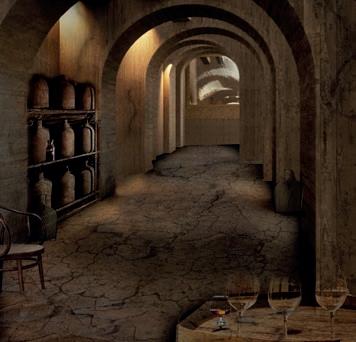

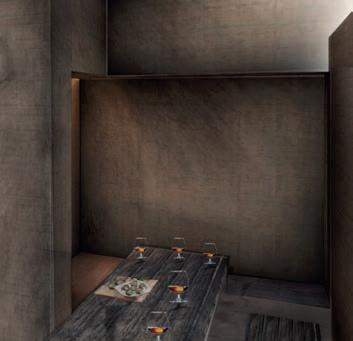
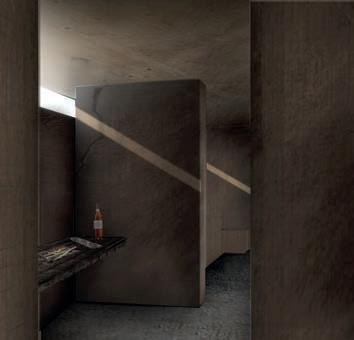
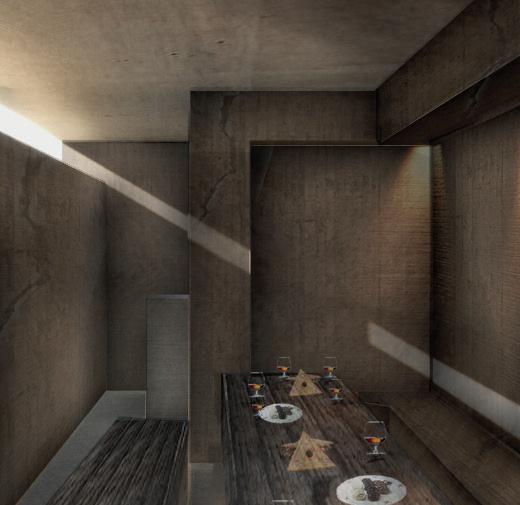
Walls incorporating the traditional materials used in
